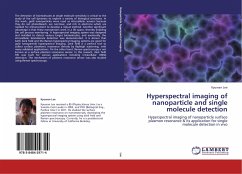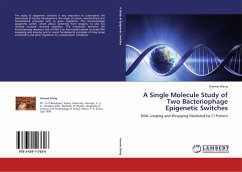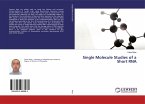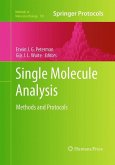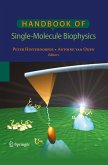The detection of biomolecules at single molecule sensitivity is critical to the study of live cell dynamics to explore a variety of biological processes. In this work, gold nanoparticles were used as intercellular sensors because they do not photobleach, are nontoxic, and rich in electrons which are needed for enhancement to develop a robust method. Another significant advantage is that these nanosensors work in a 3D space, thereby enabling live cell process monitoring. A hyperspectral imaging system was designed and installed to detect various target biomolecules, and eventually, the intracellular biomolecule detection was demonstrated. it is shown that both dark field and the Raman hyperspectral imaging systems are good for gold nanoparticle hyperspectral imaging. Dark field is a perfect tool to collect surface plasmonic resonance directly by Rayleigh scattering, with many validated applications. On the other hand, Raman spectroscopy is not known as a surface plasmon resonance sensor. In this reseach, dark field HSI was built for various applications including intracellular mRNA detection. The mechanism of plasmon resonance sensor was also studied using Raman spectroscopy.
Bitte wählen Sie Ihr Anliegen aus.
Rechnungen
Retourenschein anfordern
Bestellstatus
Storno

